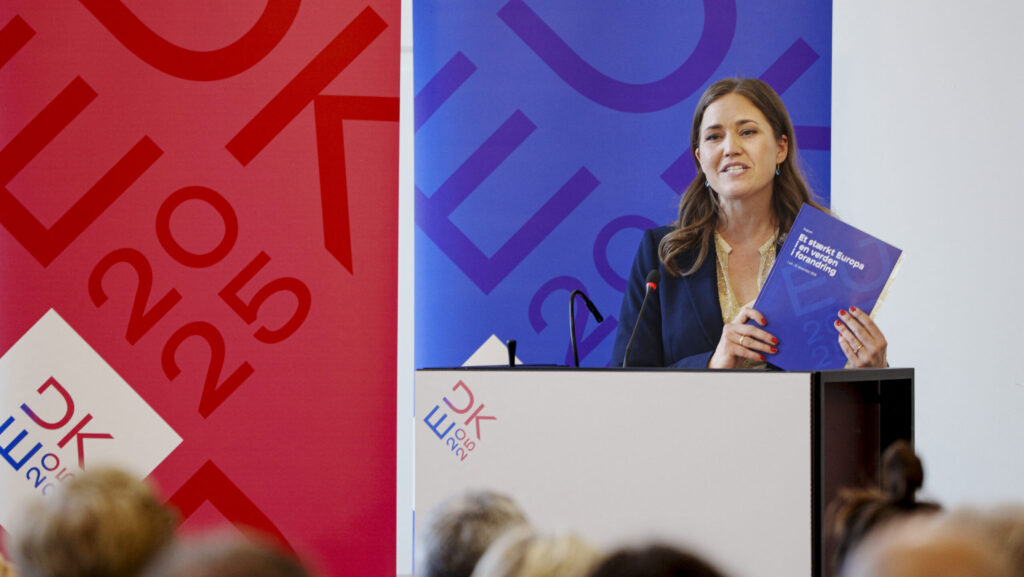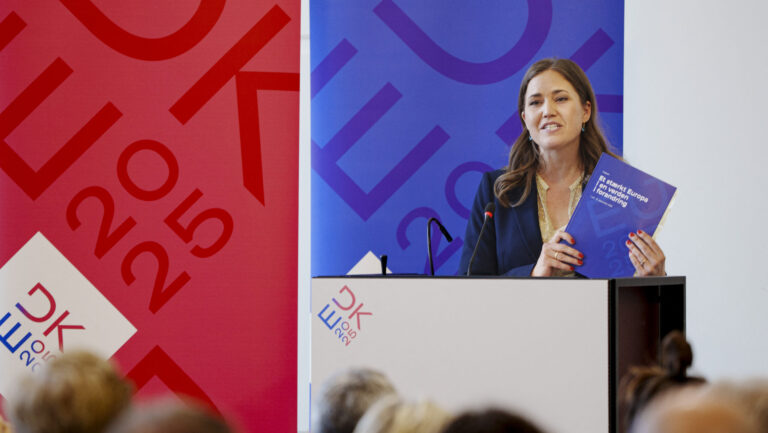The significance of print media in the information market continues to decrease year by year, as concluded by a study conducted by the National Media and Infocommunications Authority (NMHH), the details of which were released on Friday.
NMHH said it is printed weekly newspapers that have lost the most readers, registering a 25.2 per cent decline in readership. Monthly or periodically published periodicals saw a decrease of 23.5 per cent, while daily newspapers experienced a 5.7 per cent decline.
According to NMHH, Blikk leads the list of the most sought-after printed newspapers , with 48,192 copies printed in 2022, followed by Kisalföld, which had 31,090 copies published. In terms of readership of printed newspapers, Blikk, Bors, another tabloid, and Nemzeti Sport, Hungary’s number one sports paper top the list among daily newspapers, with the readership of Blikk surpassing half a million. Each of these three newspapers is read by at least 200,000 people daily.
The study reveals that while an average weekly magazine had nearly 52,700 copies published in 2021, in 2022, this number dropped to only 39,400 copies. Although the women’s weekly magazine that was in the lead in 2022, Nők Lapja, did not provide audited data this time, another women’s magazine, Kiskegyed (121,663 copies) and television and radio guide Színes RTV (111,031 copies) still exceeded the hundred thousand copies mark in 2022.
According to the study, among weekly magazines, free-of-charge advertising paper Szuperinfó proved to be the most read, with 1.35 million readers per issue in 2022, while among monthly or less frequently printed press products, the free health and lifestyle Patika Magazin, distributed in pharmacies, was the most popular.
Among daily newspapers with both print and online presence, Blikk’s website had the highest daily traffic, reaching 961,000 people in 2022. The visitors to bors.hu increased (from 294,000 to 461,000 within a year), while the third most visited website, nemzetisport.hu, saw a slight decrease in average daily users (from 247,000 to 211,000).
As far as online media are concerned, compared to the 2021 data, the average weekly user numbers increased by nearly a hundred thousand in the case of Nők Lapja, by two hundred thousand of (apolitical or pro-government-leaning) news websites 168 Óra, Mandiner, and Ripost, and by three hundred thousand of the gossip website Story website in 2022. Ripost.hu and left-liberal Hvg.hu stand out among the examined websites, with the former being visited by 1.73 million people and the latter by over 1.37 million weekly, although the two leading online platforms swapped positions compared to 2021.
Related articles:
Sources: Hungarian Conservative/NMHH/MTI








